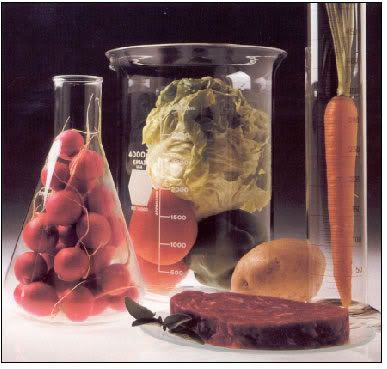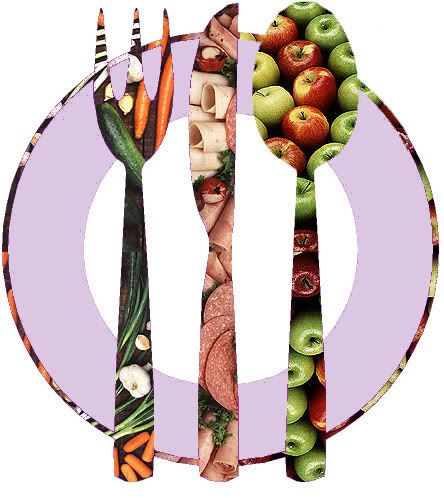Effects of Dietary Calcium Intervention on Adolescent Mothers and Newborns.
Pregnancy is a remarkable and challenging time for the adolescent mother and the fetus. For the adolescent mother, pregnancy places a stress on the calcium (Ca) needs of her growing and maturing skeleton, because the adolescent growth spurt is not complete until a few years after menarche. The recommended adequate intake for Ca during pregnancy is 1,300 mg daily, which is the highest during a woman’s lifetime.
Fetal Ca accretion is the foundation of the highest Ca accretion in one’s lifetime. Bone mass accretion during the first year of life is greater than that achieved at any other stage of life, including adolescence. Optimizing Ca and bone status in the fetus may provide long-term benefits by helping infants program their skeletal growth to reach their maximal genetic potential for peak bone mass, a prerequisite for the prevention of osteoporosis and fractures. In the United States, dairy products are the major contributors of Ca in the typical diet. However, pregnant adolescents are consuming less milk and more snack foods than adult pregnant mothers.7 There are other alternative Ca sources, such as Ca fortified orange juices (orange juice plus calcium), that can contribute Ca to the diet of the pregnant adolescent. The purpose of this study is to evaluate the effects of dietary Ca intervention on adolescent pregnant mothers and their newborn from two different food sources, dairy and orange juice plus calcium.
DISCUSSION
Calcium is an important mineral during pregnancy. Calcium supplementation during pregnancy is associated with maternal bone mineralization, lower BP, and reduction of preterm deliveries. In our study, diet supplement with dairy products during adolescent pregnancy increased the cord blood 25-hydroxyvitamin D levels and the newborn birth weight and total body Ca without increases in lean or fat mass. Calcium diet supplemented with dairy products improved the mothers’ diet without affecting their weight, height, or BP during pregnancy. In this study we evaluated Ca supplementation by dairy products or orange juice plus calcium. Only the adolescent mothers on dairy products had the heavier newborn compared with controls and mothers on orange juice plus calcium.
In the consumption of dairy foods, it is difficult to determine which nutrient or combination of nutrients was responsible for the infant’s gain in birth weight and total body Ca. However, the intake of dairy products increased the vitamin D intake over the other two groups. Dairy foods are the only food products fortified with vitamin D. The higher 25- hydroxyvitamin D levels in the mother and cord reflect the increased vitamin D intake by the mothers. We speculate that the higher Ca and vitamin D intakes promoted the higher fetal Ca accretion.
Maternal weight gain seems to be an important factor in newborn outcome. In adolescent pregnancy, low or inadequate weight gain (less than 4.3 kg by 24 weeks of gestation) is associated with preterm delivery. Protein and energy supplementations in normal pregnant women have shown no effect on the newborn’s birth weight. However, nutritional supplementation in pregnant women who have marginal dietary status has resulted in higher maternal weight gain, improved newborn birth weight, and decreased prevalence of low birth weight infants. In our study, all three groups had similar and adequate dietary intakes of calories, proteins, and fats with normal maternal weight gains during pregnancy.
A study of nutritional supplementation in 78 disadvantaged pregnant black adolescents demonstrated a positive effect on their newborns. These adolescents received daily 240 mL of Sustacal that contained 240 mg Ca, 240 kcal, 14.5 g protein, and 5.6 g of fat for about 15 weeks. The supplemented group infants’ birth weights were 269 g higher than the controls, 3,115±499 compared with 2,958±514 g.
A high Ca intake (1,575 mg/day) from dairy products during the first 20 weeks of pregnancy was associated with a low risk of gestational hypertension. The association was independent of body mass index, exercise, maternal age, education, and cigarette smoking. Maternal Ca supplementation of 2 g/d of elemental Ca during the second and third trimester can increase fetal total body bone mineralization by 15% in women with low dietary Ca intake of less than 600 mg/d. In our study, pregnant adolescent mothers who consumed dairy products had an average of 1,770 mg Ca daily and increased their fetal total body bone mineralization by 17% compared with controls who were ingesting 860 mg daily. The mothers on orange juice plus calcium ingested an average of 1,470 mg Ca daily and increased their fetal bone mineralization by 10% compare to the controls, but this was not significant.
Other Ca sources besides dairy products are orange juice plus calcium and vegetables. Orange juice fortified with Ca has similar Ca bioavailability as Ca carbonate supplements. However, the bioavailability of Ca from plant sources is hindered by the plant’s oxalates. In our study, the orange juice created gastrointestinal intolerance in one half of our subjects.
Maternal vitamin D intakes were higher in the dairy supplemented mothers compared with the other two groups, reflecting vitamin D content in dairy foods. It is not surprising that the vitamin D intake is low in the other two groups when dairy consumption is limited. Maternal vitamin D intakes during pregnancy were reflected in the higher umbilical cord vitamin D levels. This higher vitamin D with higher Ca intake in the fetus may have improved the intrauterine bone mineralization. Early programming of the fetal bone mineralization may be an important contributor for the prevention of adult osteoporotic fractures.
In our study, the mothers receiving dairy supplements had higher serum folate levels compared with the other two groups. This finding may be clinically significant, because adequate folate nutrition is important in preventing neural tube defects in the fetus during pregnancy. Neural tube defects seem to be associated with younger mothers and with low dairy food intake. Several studies from animals and humans have suggested that the inclusion of milk in the diet enhances the bioavailability of folate. In summary, a diet supplemented with dairy products during adolescent pregnancy resulted in higher maternal vitamin D and folate serum levels and higher newborn weight and bone mineralization compared with controls.
CONCLUSION:
Calcium diet supplemented with dairy products during adolescent pregnancy resulted in higher maternal vitamin D and folate serum levels and higher newborn weight and bone mineralization compared with controls.




0 Comments:
Post a Comment
<< Home